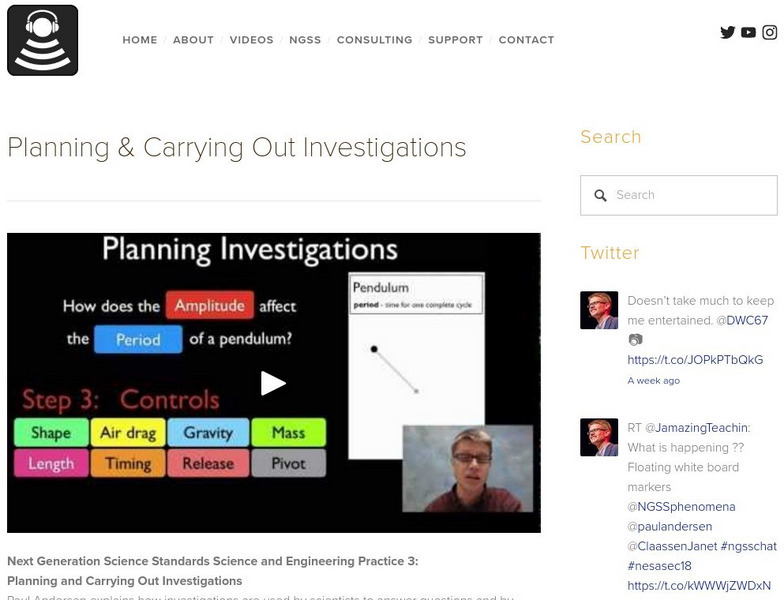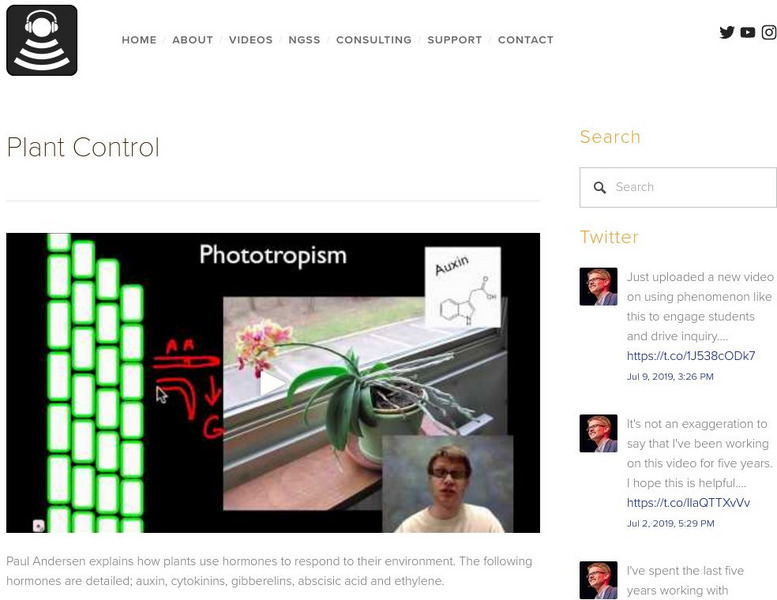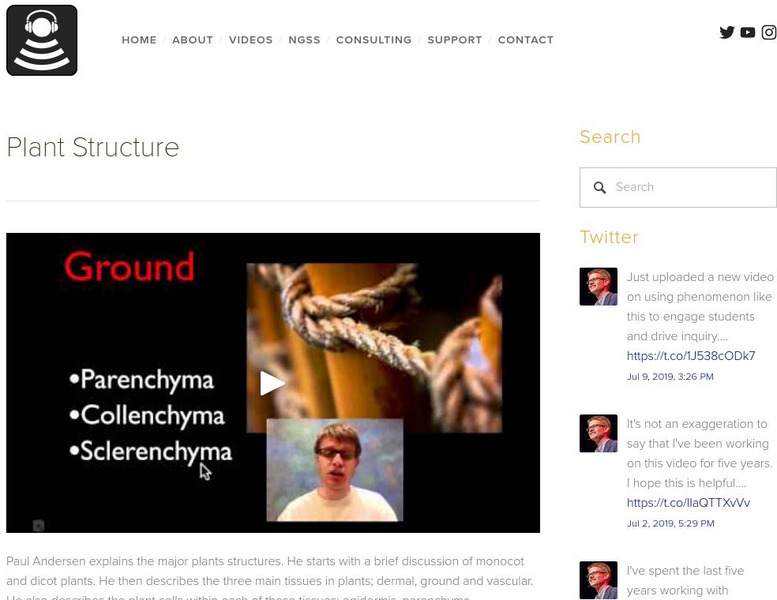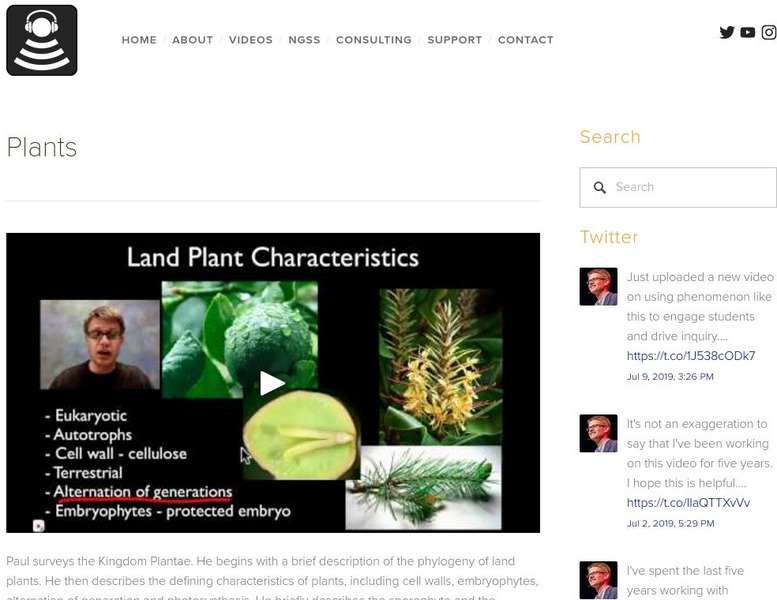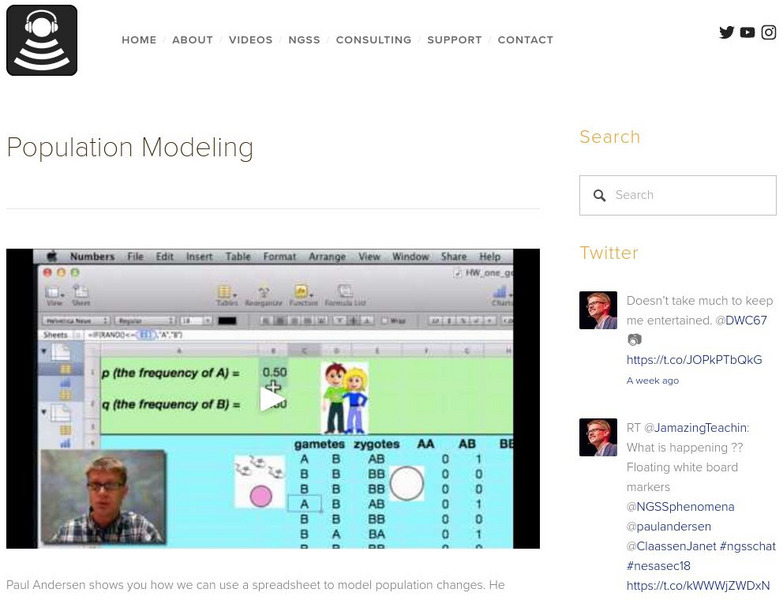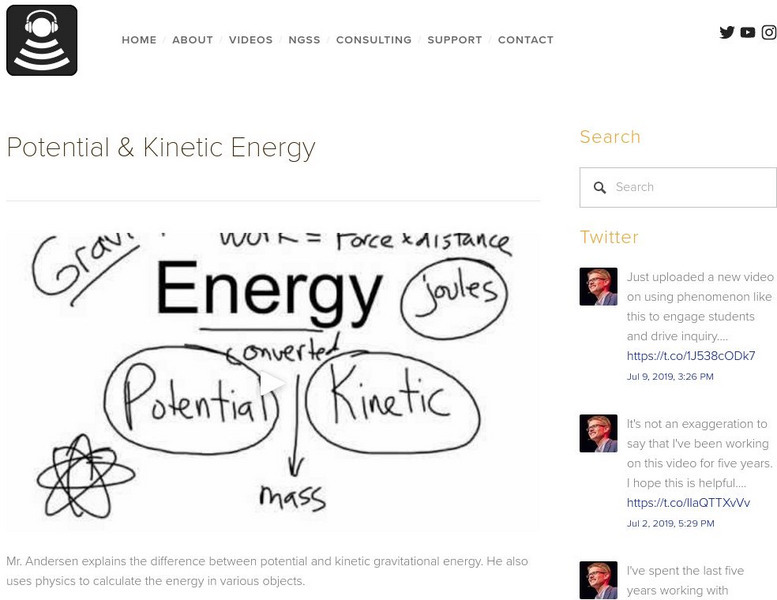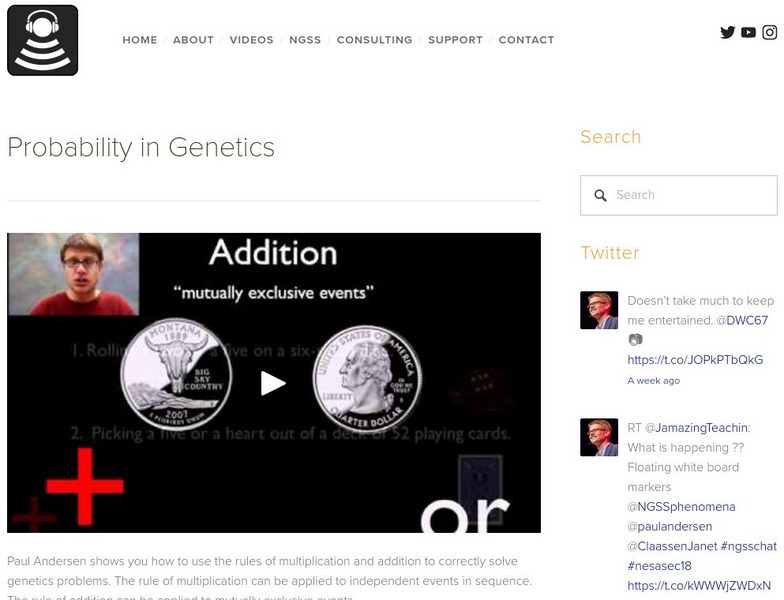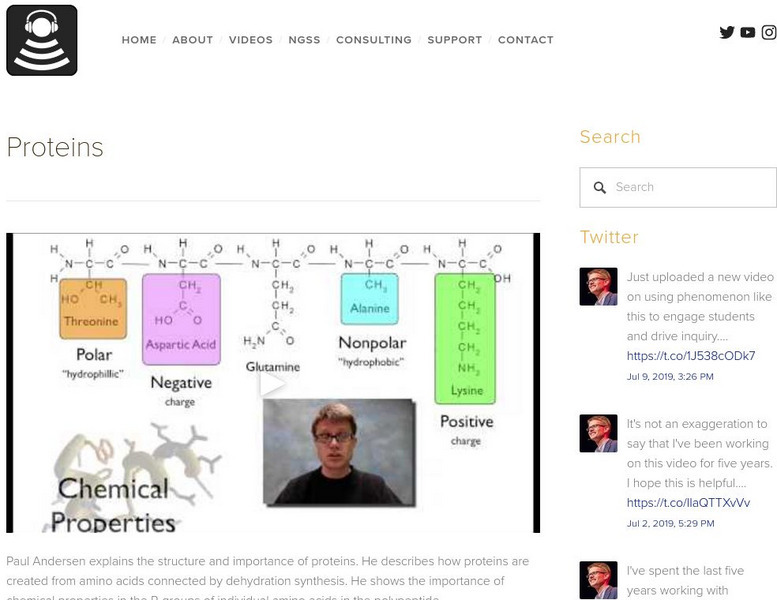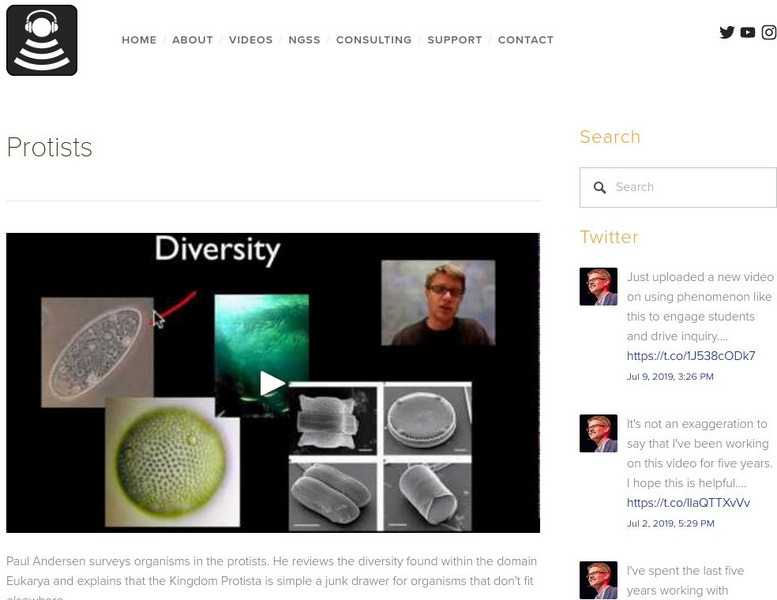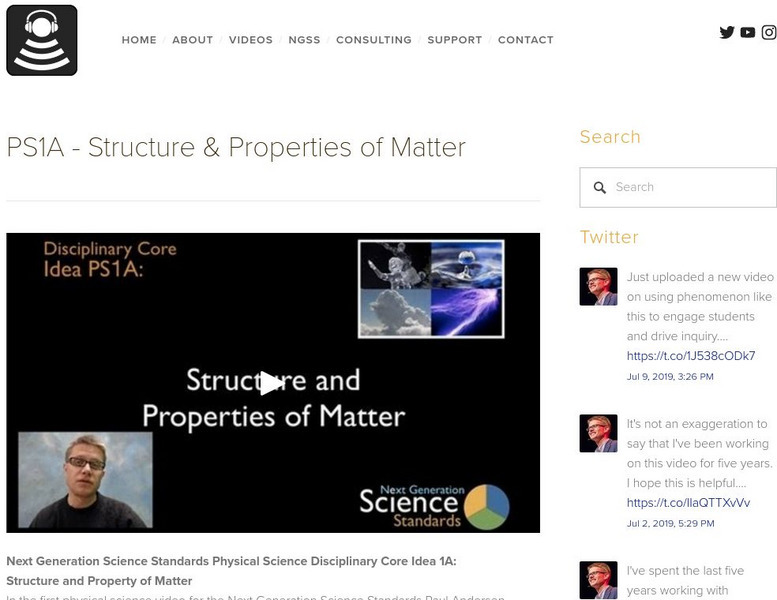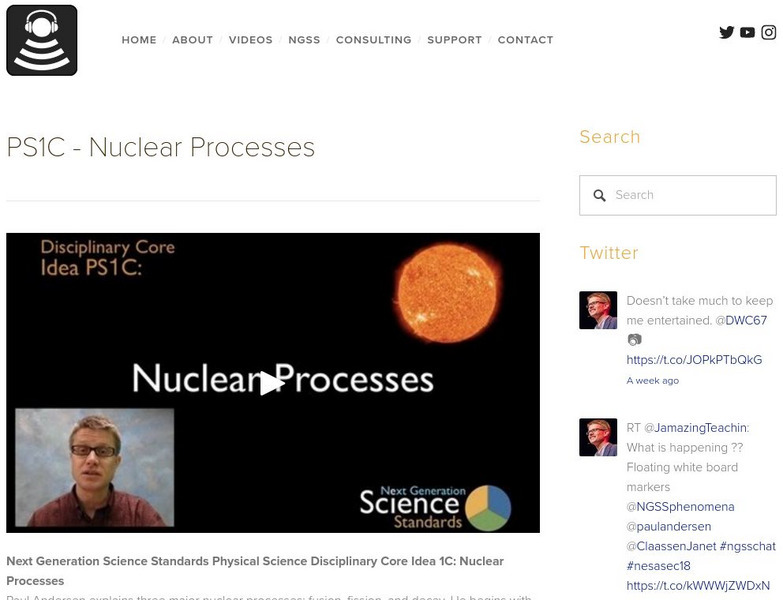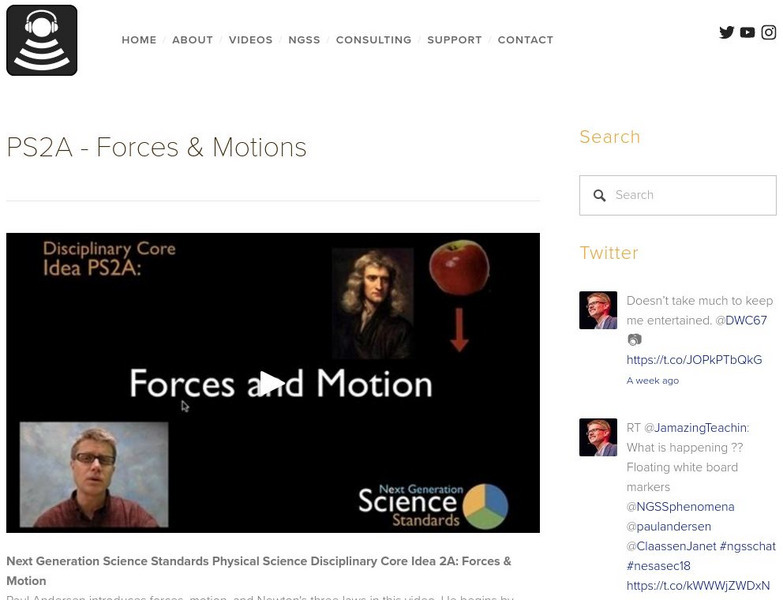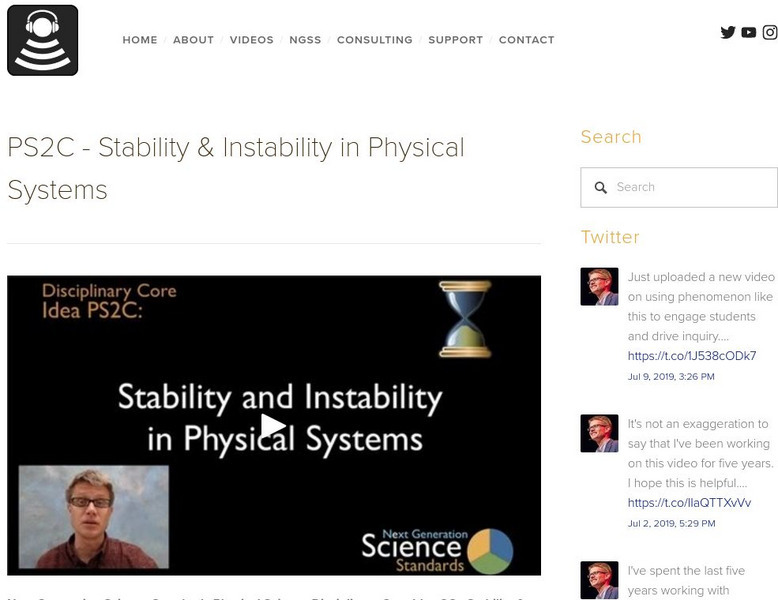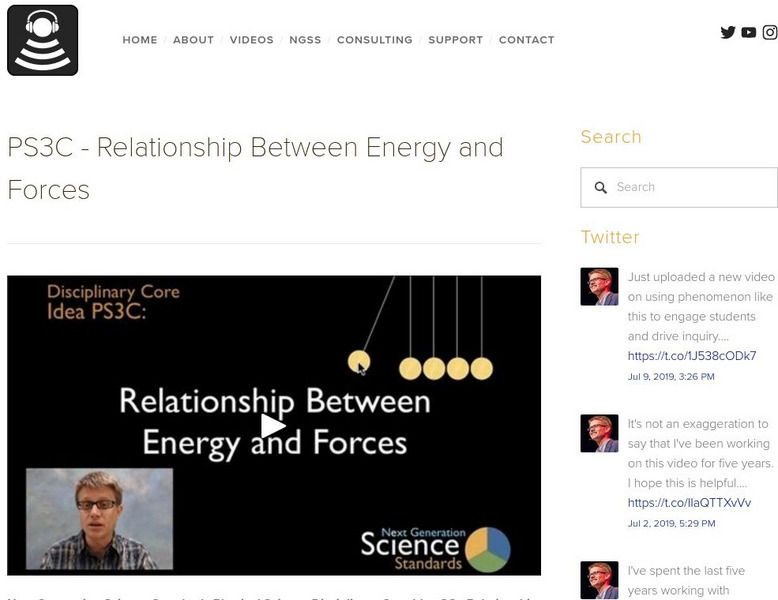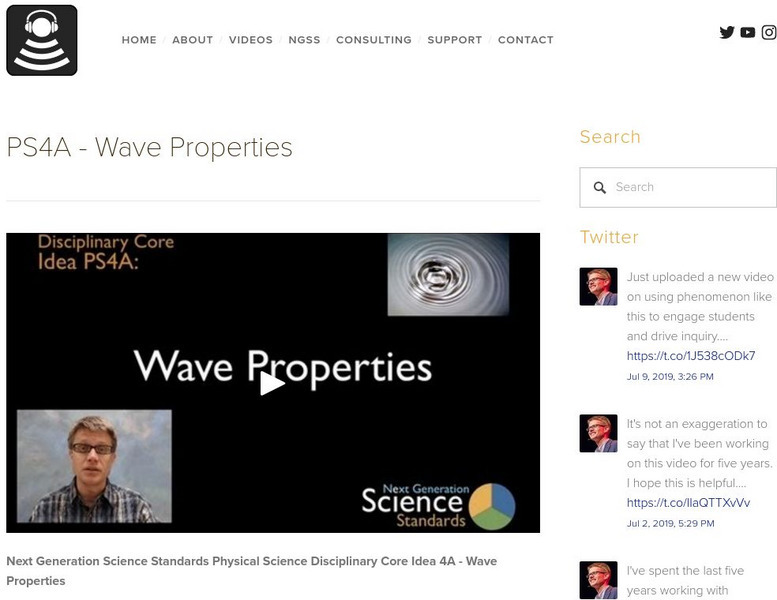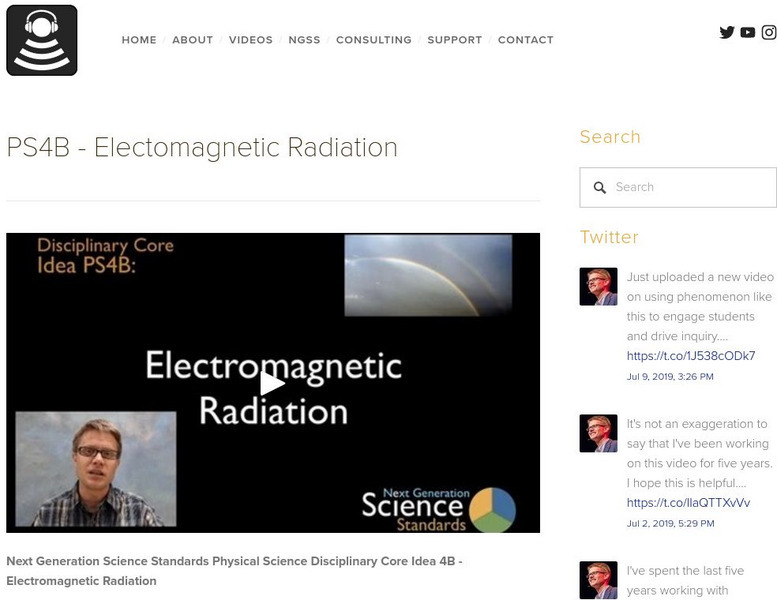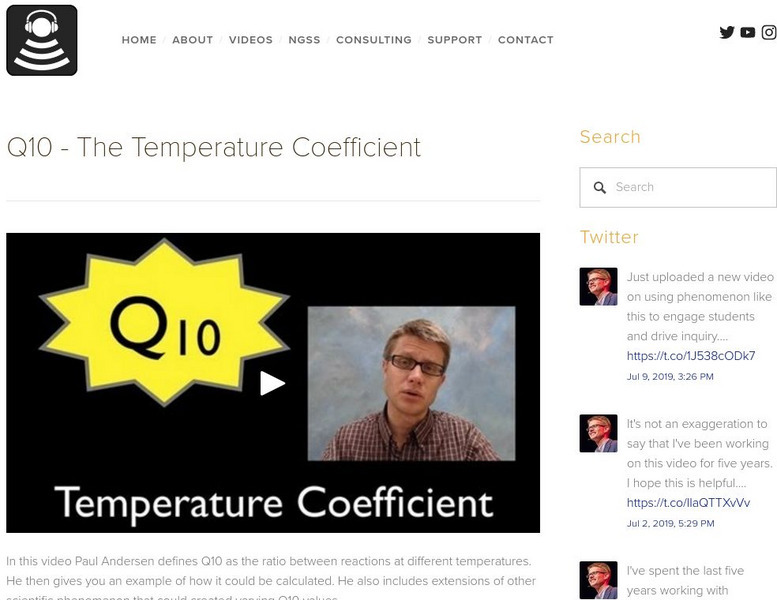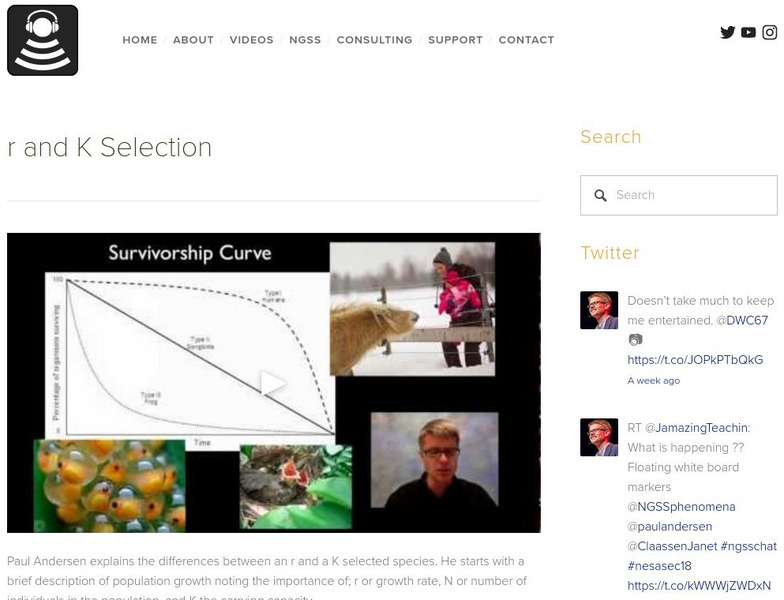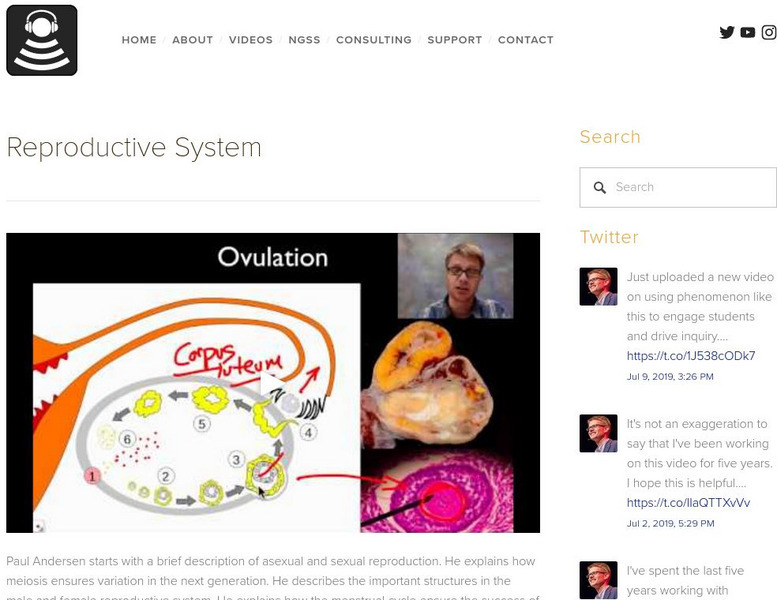Hi, what do you want to do?
Bozeman Science
Bozeman Science: Planning & Carrying Out Investigations
Paul Andersen explains how investigations are used by scientists to answer questions and by engineers to test designs. He delineates be investigative and observational science. He demonstrates the formation of a good question the design...
Bozeman Science
Bozeman Science: Plant Control
Paul Andersen explains how plants use hormones to respond to their environment. The following hormones are detailed; auxin, cytokinins, gibberelins, abscisic acid and ethylene.
Bozeman Science
Bozeman Science: Plant Structure
Paul Andersen explains the major plants structures. He starts with a brief discussion of monocot and dicot plants. He then describes the three main tissues in plants; dermal, ground and vascular. He also describes the plant cells within...
Bozeman Science
Bozeman Science: Plants
Paul surveys the Kingdom Plantae. He begins with a brief description of the phylogeny of land plants. He then describes the defining characteristics of plants, including cell walls, embryophytes, alternation of generation and...
Bozeman Science
Bozeman Science: Polymers
Paul Andersen explains how polymers are formed from monomers. He describes how carbohydrates, protein and nucleic acids are created through condensation reactions. He also explains how these macromolecules are broken down through the...
Bozeman Science
Bozeman Science: Population Modeling
Paul Andersen shows you how we can use a spreadsheet to model population changes. He begins with a brief discussion of populations and life cycles. He then shows you how you can model a single generation using a spreadsheet.
Bozeman Science
Bozeman Science: Potential & Kinetic Energy
Mr. Andersen explains the difference between potential and kinetic gravitational energy. He also uses physics to calculate the energy in various objects.
Bozeman Science
Bozeman Science: Probability in Genetics
Paul Andersen shows you how to use the rules of multiplication and addition to correctly solve genetics problems. The rule of multiplication can be applied to independent events in sequence. The rule of addition can be applied to...
Bozeman Science
Bozeman Science: Proteins
Paul Andersen explains the structure and importance of proteins. He describes how proteins are created from amino acids connected by dehydration synthesis. He shows the importance of chemical properties in the R-groups of individual...
Bozeman Science
Bozeman Science: Protists
Paul Andersen surveys organisms in the protists. He reviews the diversity found within the domain Eukarya and explains that the Kindgom Protista is simple a junk drawer for organisms that don't fit elsewhere.
Bozeman Science
Bozeman Science: Structure & Properties of Matter
In the first physical science video for the Next Generation Science Standards Paul Andersen explains the structure and properties of matter. He starts by explaining how all matter is made of about 100 smaller particles called matter.
Bozeman Science
Bozeman Science: Nuclear Processes
Paul Andersen explains three major nuclear processes; fusion, fission, and decay. He begins with a brief discussion of the four fundamental forces in nature. He the explains how nuclei can be combined in fusion, divided through fission,...
Bozeman Science
Bozeman Science: Forces & Motions
Paul Andersen introduces forces, motion, and Newton's three laws in this video. He begins by describing forces as pushes or pulls on objects that produce motion. A lack of motion results from a balanced set of forces. A teaching...
Bozeman Science
Bozeman Science: Stability & Instability in Physical Systems
Paul Andersen explains how physical systems remain stable and unstable over time. The sum total of interactions acting on the system determine its stability. Feedback loops are used to maintain stability but require energy. If the energy...
Bozeman Science
Bozeman Science: Relationship Between Energy and Forces
In this video, Paul Andersen describes the relationship between energy and forces. When objects are directly touching electromagnetic forces can result in forces and energy exchange. When objects are not directly touching fields;...
Bozeman Science
Bozeman Science: Energy in Chemical Processes & Everyday Life
In this video, Paul Andersen explains how energy is used in chemical processes and everyday life. Students should understand that energy is neither created or destroyed but is converted. Most of the energy is delivered to our planet from...
Bozeman Science
Bozeman Science: Wave Properties
In this video, Paul Andersen describes some of the properties of waves. He starts be identifying particles and waves as the only phenomenon that can transfer energy from place to place. He identifies the defining characteristics of...
Bozeman Science
Bozeman Science: Electromagnetic Radiation
In this video, Paul Andersen describes some of the properties of electromagnetic radiation. The electromagnetic spectrum varies by wavelength from radio waves to gamma rays. We only see a portion of the spectrum known as visible light. A...
Bozeman Science
Bozeman Science: Information Technologies & Instrumentation
In this video, Paul Andersen explains how humans use information technology and instrumentation to better understand their surroundings. Technologies (including X-rays, computers, and phones) use electromagnetic waves to improve the...
Bozeman Science
Bozeman Science: The Temperature Coefficient
In this video, Paul Andersen defines Q10 as the ratio between reactions at different temperatures. He then gives you an example of how it could be calculated. He also includes extensions of other scientific phenomenon that could created...
Bozeman Science
Bozeman Science: R and K Selection
Paul Andersen explains the differences between an r and a K selected species. He starts with a brief description of population growth noting the importance of; r or growth rate, N or number of individuals in the population, and K the...
Bozeman Science
Bozeman Science: Radiation & Radioactive Decay
Mr. Andersen explains why radiation occurs and describes the major types of radiation. He also shows how alpha, beta, and gamma radiation affect the nucleus of a radioactive atom. Nuclear equations are also discussed.
Bozeman Science
Bozeman Science: Reproductive System
Paul Andersen starts with a brief description of asexual and sexual reproduction. He explains how meiosis ensures variation in the next generation. He describes the important structures in the male and female reproductive system. He...
Bozeman Science
Bozeman Science: Scalars & Vectors
Mr. Andersen explains the differences between scalar and vectors quantities. He also uses a demonstration to show the importance of vectors and vector addition.





